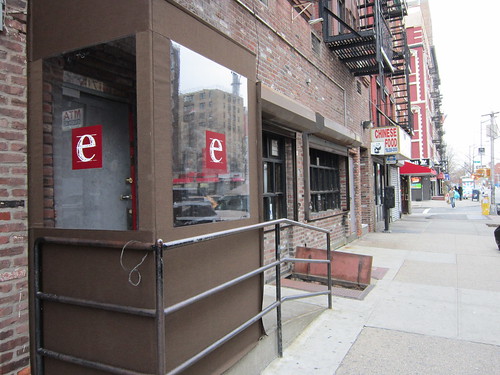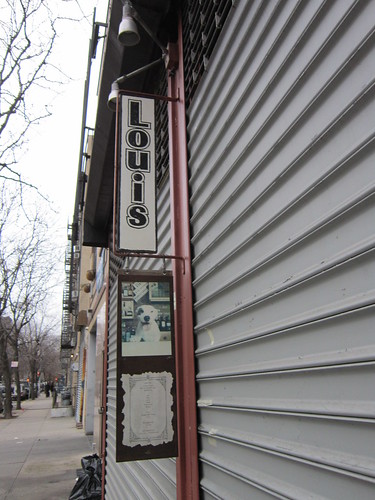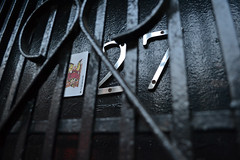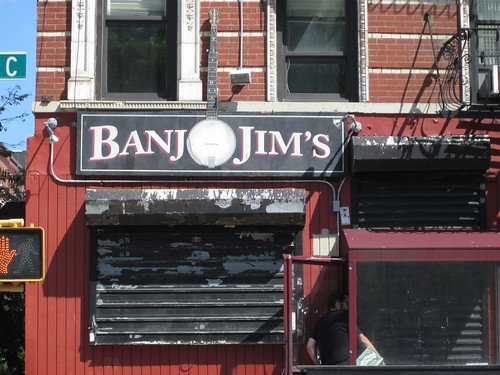When I moved to the Avenue C neighborhood more than a decade ago, cocktail choices were pretty much limited to a mojito at Esposito’s, or a cosmopolitan at the world music lounge Lava Gina. Now that the city has bartenders muddling, and measuring, and chipping blocks of designer ice, from Chelsea to the Lower East Side, and from Bushwick to the Bronx, Alphabet City (as nobody calls it any more) hasn’t been left behind.
The East Village’s most vaunted drinks may be made at Death & Co. on East 6th Street, but with The Third Man finally open, in the former Lava Gina (and Vibrations) space, Avenue C now boasts an impressive battery of cocktail bars.
Louis 649 is a step or two off the Avenue, on East 9th Street, just past Brix Wine Store. It’s a veteran of some eight years standing, although when it first opened its concentration was on live jazz, and its drink selection limited. Somewhere along the way it reinvented itself as a serious cocktail bar, offering a long list of vintage potions, like the “Last Word” as well as its own creations, all made by bartenders willing to go off-menu and improvise–a cocktail-lover’s dream.
The Summit Bar has been around a few years too. A young crowd hugs the long, curved, black bar; the music pumps; but staff will studiously pour tinctures and infusions to make the “John Lee Hooker” (whisky, lemon and bitters, topped with Lagunitas “Hop Stoopid” ale), or the “Born and Raised” (honey bush tea-infused Scotch, sweet vermouth, agave, and orange bitters).
I recall the last night of Micky’s Blue Room at 171 Avenue C, with Lenny Kaye of the Patti Smith band blasting chords in the back room. Micky’s is long gone, and its successor Teneleven closed earlier this year. Haunting the two room space now is Evelyn Drinkery. Smooth jazz has taken over in the back room; rich and potent concoctions up front. I tried a Fort Watson, which–with oloroso sherry as well as Bourbon, Carpano Antica vermouth, and bitters–was a stirring elaboration on a Manhattan. Read more…










